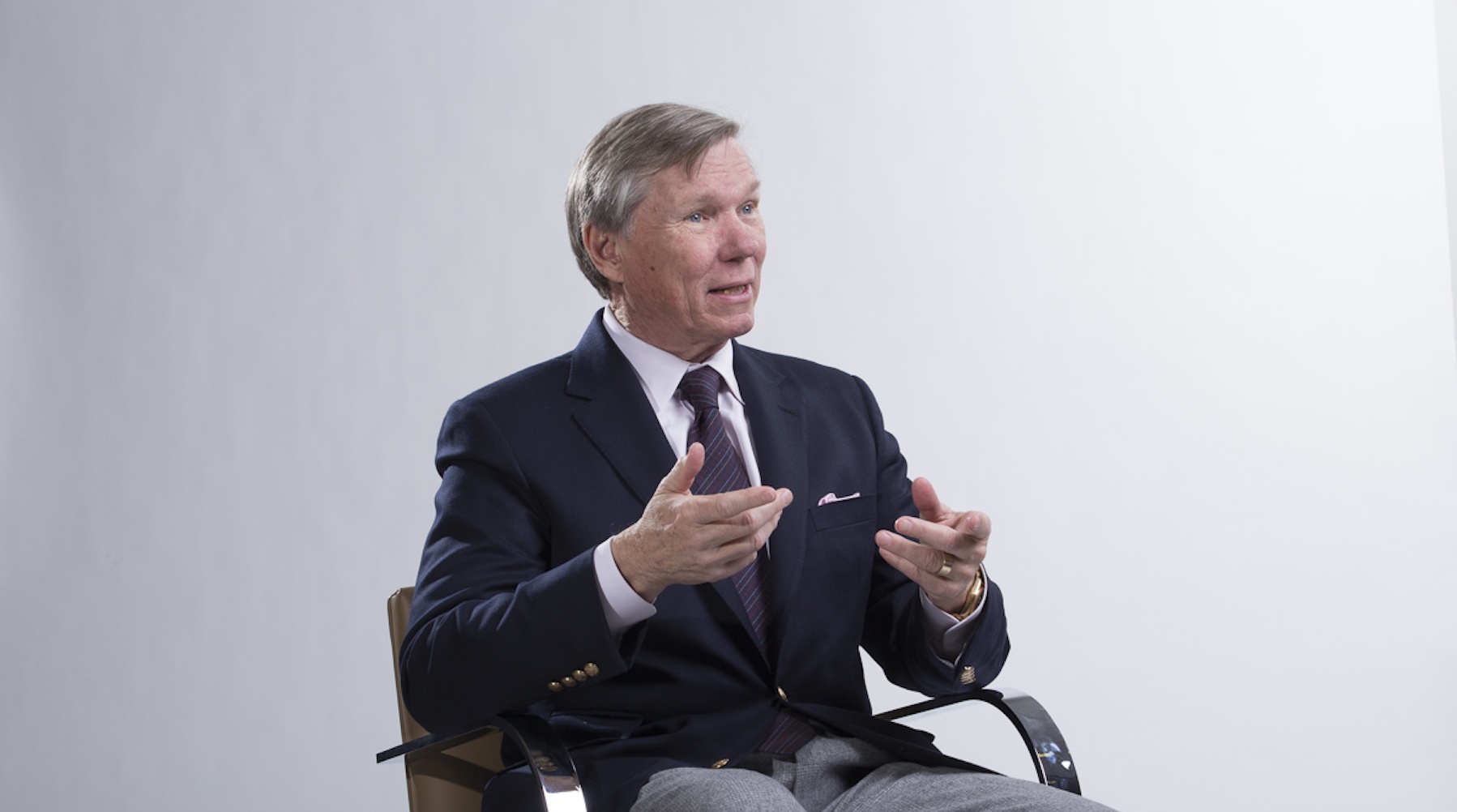People like to say age is just a number. But try telling that to the coronavirus.
You see, in addition to the myriad other ways it’s wreaked havoc on our lives, the virus technically known as SARS-CoV-2 has made us all older. Or at least it sure feels that way.
For those of us in the 65-plus age group, we used to be able to console ourselves with the mantra that “you’re only as old as you feel.” To that end, many of us exercise regularly, watch our diets and even, dare I say, occasionally resort to cosmetic procedures that nip, tuck and otherwise do their best to reverse the handiwork of Father Time.
But any illusions that 70 is the new 50 were shattered with reports of the disproportionate impact the virus is having on senior citizens. Both nationally and in Oklahoma, people age 65 and over account for 80% of coronavirus deaths.
As a result, the Centers for Disease Control has labeled all of us in this age group — even those with body-mass indexes and lipid profiles that would be enviable for folks half our age — as being at high-risk for severe illness from COVID-19.
The CDC has advised us to limit our interactions with others as much as possible. And especially with the recent surge of new cases, many in the 65-plus category have become virtual shut-ins, justifiably fearing infection.
This, of course, has had unfortunate consequences. A group already prone to isolation and loneliness has become even more vulnerable to the dire mental and physical health effects of quarantine, especially when that seclusion is compounded by unmet needs for medical care and assistance with day-to-day tasks like shopping, cleaning and meal preparation.
It might seem easy to dismiss the virus as an “old folks” problem. But what is “old”?
Statistics have made clear that risk for severe viral infection climbs with age. So, there’s no bright line between low-risk and high-risk territory.
Indeed, that’s why you’ve seen stores reserve an hour at the start of the day for shoppers age 60 and above. While not technically senior citizens, those age 60 to 64 have also shown higher risk for severe viral complications and death than people in their 50s.
Likewise, when you look at 50-somethings, deaths and hospitalizations spike when compared to those in the 18-to-49 age groups.
Heck, the virus is even making the lives of young people resemble those of the AARP set. When folks in their 20s and 30s recently greeted the reopening of bars and restaurants exactly as might be expected — by gathering in droves to celebrate — states were forced to pump the brakes. This sent the collegiate and post-collegiate crowds back home, where the lives they lead can be tough to distinguish from folks many decades their senior.
While these observations aren’t exactly the stuff of holiday weekend celebrations, I don’t intend them to be depressing. Nor do I mean to signal that we’re being overly careful or frightened of the virus. Quite the contrary.
Until we have a vaccine, taking precautions — even extraordinary ones — is precisely what the doctor ordered. For all age groups.
Still, we need to acknowledge the toll that this sort of life-during-wartime can exact on each one of us. Staying separated from friends and family hurts. So does skipping vacations and religious gatherings and meals at our favorite restaurants.
Over time, these things can grind us down. They can make us feel as if life is passing us by. As if we’re aging at warp speed.
Like everybody, I sometimes struggle with these emotions. When they come, I do my best to acknowledge them — and then, eventually, to carry on.
Because beating this virus requires patience. Wisdom, too. Which, of course, is something that comes with age. So, we should all have a lot more of that than we did a few months ago.



